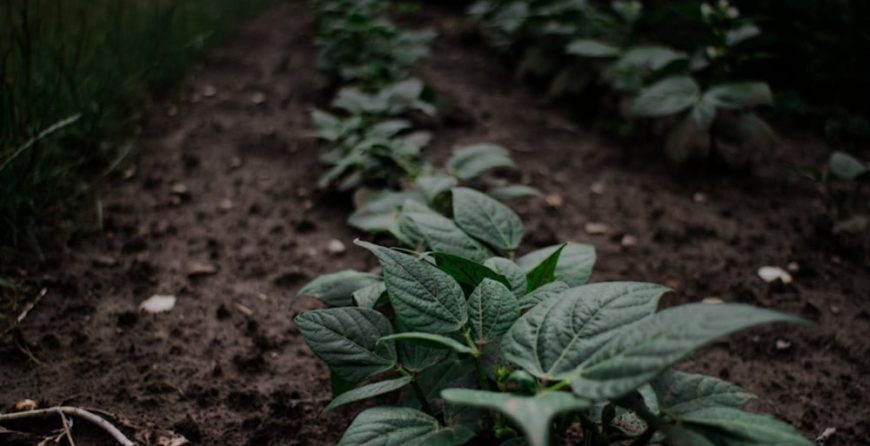 The snow and colder temperatures just keep coming back here in Iowa, but that doesn’t mean you can’t make preparations for your spring garden.
The snow and colder temperatures just keep coming back here in Iowa, but that doesn’t mean you can’t make preparations for your spring garden.
A staple of any organic garden is the potato. Easily grown in cooler temperatures, potatoes are easy-going and highly beneficial. Today, we’re taking a look at the best time to grow them, their ideal soil condition, and how to get started.
Plan a little bit in advance
Potatoes are one of the easiest vegetables to grow, however, because they enjoy the cooler weather, you’ll need to do a little planning ahead. Potatoes should be placed in the ground at the right time, which can be tricky here in Iowa.
Choosing and ordering your potatoes
Order your potatoes through mail-order garden companies or purchase them at your local organic garden center. Don’t use the potatoes at your local supermarket because they’ve been treated with chemicals and pesticides.
Once you have the variety you want, you need to determine the best time for planting. Potatoes thrive best when planted in early spring. Good planting times in southern Iowa are late March and early April, early to mid-April in central Iowa, and mid to late April in the northern areas of the state.
Pay attention to the last frost date
Keep in mind that your potatoes will start to emerge from the ground about two or three weeks after you plant them. The earliest you should place them in the ground is two weeks before the last anticipated freeze date of the season. Store your seeds in the fridge to keep them fresh and then bring them out to warm up for about a week. Letting the seeds warm up like this will encourage the spuds to awaken, which speeds up growing time.
Beware of the heat
Because Iowa summers are usually warm and humid, it’s best to plant your potatoes sooner rather than later. Look for varieties that mature in early or mid-season. Potatoes do poorly when the temperature climbs to above 90, so now is a good time to get started.
If you happen to have potatoes in your organic garden when the temps rise above 90, they will keel over and die. It is possible to still work with them in the event of a late planning or a late season, however, if that hot weather kicks in while the tubers are in the early bulking state, you’ll end up with a low yield.
A lot of organic gardeners like to save work by tossing their potato seed pieces onto the bare ground or on a piece of sod and then cover the pieces with heavy mulch, straw, or leaves. This is an easy way to start a new garden bed too, so if you’re due for a new one, give this method a try.
Regarding soil quality
Most gardeners enjoy working with potatoes because they’re not as picky as other vegetables. Potatoes enjoy full sun and root aggressively, so check to make sure the soil is workable before planting them. Your soil should be light, loose, and well-drained. Most potato varieties prefer a slightly acidic environment, so aim for a pH of 5.0 to 7.0. They are adaptable, so if you need to maintain a stricter pH for your other vegetables, don’t sweat it.


